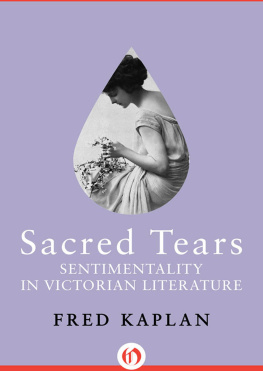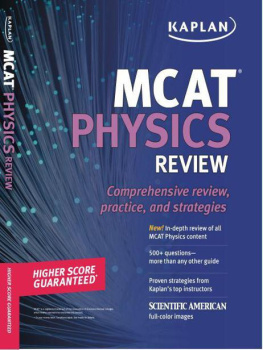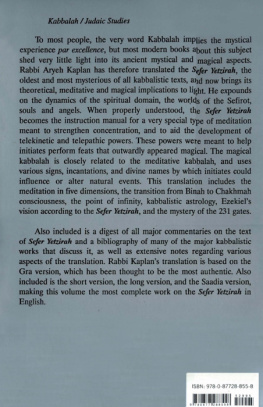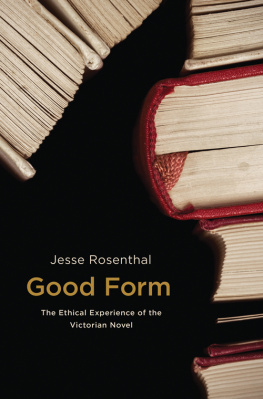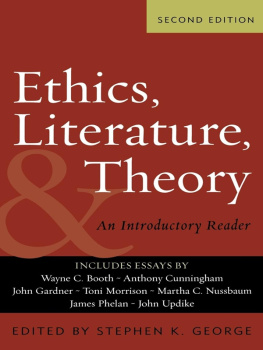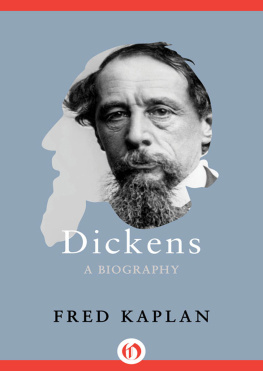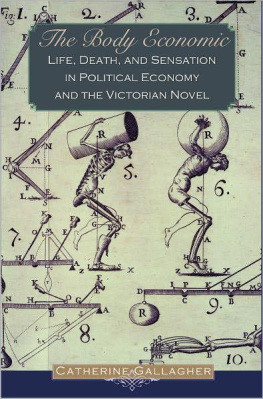Sacred Tears

SENTIMENTALITY IN VICTORIAN LITERATURE
FRED KAPLAN

To
Carl Woodring
CHAPTER ONE
The Moral Sentiments

All human nature is mixed, Henry Fielding wrote in Tom Jones (1749), a favorite novel of both Dickens and Thackeray. Life most exactly resembles the stage, since it is often the same person who represents the villain and the hero; and he who engages your admiration today will probably attract your contempt tomorrow. A single bad act no more constitutes a villain in life than a single bad part on the stage. Apparently Fielding believed that human nature is an entity that, in the tradition of faculty psychology, can be reified from observable qualities and actions. Modern readers are not likely to be as certain as Fielding about what this human nature is or even if it is. Even the esteemed Encyclopedia of Philosophy has not attempted to define the protean phrase, while the Oxford English Dictionary is remarkably weak in its historical presentation of the multitudinous uses of the phrase. That all human beings, with the rarest of exceptions, contain both attractive and unattractive, constructive and destructive elements has become a truism of modern culture, whose tolerance for idealizations and personifications in life and in art has been declining noticeably since the eighteenth century. When dealing with human nature as a phenomenon and as an explanation of behavior, modern democratic society as a whole desires to be as inclusive as possible while at the same time protecting itself from both criminals and saints.
Fielding himself raised the standard of normative probability in regard to everything, and especially in regard to human nature. Even his idealized characters, like Sophia Western and Squire Allworthy in Tom Jones, are partly shaped under the pressure of literary realism. The increasingly strong tradition of literary and philosophical realism from the eighteenth century on raised questions of human definition that came to be widely addressed; philosophy, through much of the eighteenth and a good part of the nineteenth century, was moral philosophy and psychology. By the late nineteenth century, though, even those most idealistic about human nature and least satisfied with behavioral definitions were likely to agree with Fieldings inference that you cannot build castles in the mud without getting your hands dirty. Robert Browning dramatically condemns his Pictor Ignotus (Unknown Painter) of 1845 who has declined to use his immense artistic talents because he fears and condemns the mixed nature of human beings.
Blown harshly, keeps the trump its golden cry?
Tastes sweet the water with such specks of earth?
(11. 7172)

Most of the writers and philosophers of what is sometimes prejudicially called the Enlightenment took a positive, rather optimistic view of human nature. They had no doubt that such an entity existed, and that it could be described in normative terms that applied to the generality of mankind, as the innate disposition or character of individuals and of humankind as a whole. Tradition and the force of belief compelled them to assume that mankind had a maker, though considerable difference of opinion existed about the form and the qualities of the maker, and about the relationship between the maker and the made. But it was widely believed that the makers greatest creation, humankind, a subdivision of Nature or the total creation, had been endowed with certain inalienable qualities shared by the entire species which could, sensibly and logically, be called human nature, to differentiate it, for example, from animal nature. At this high level of discussion, then, one could talk about human nature without referring to particular examples, which might or might not prove the rule. For the rule, whose broad features controlled all discussions and depictions of human beings, existed prior to examples, all of which stretched back in a long line to Adam and Eve, to Biblical character typology. The popular imagination then, as now, had no doubt that human character was stable, archetypal, and universal. In the Enlightenment, the educated elite, despite considerable variety of opinion in many areas, generally accepted that human nature was an identifiable entity, a real thing, and that it could be defined in universally applicable abstract terms.
Eighteenth-century moral optimism created an exaggerated sunshine in which human nature glowed, and whose brightness much of modern culture has found unacceptably monochromatic. Some of that sunshine glowed from the emerging secular idealism and gradual tilt through the age of revolution toward democracy and a redefinition of human nature that for the first time included human rights. Of course, eighteenth-century British culture had its somber, even dark, views and visions as well. In Gullivers Travels (1726), Swift makes dramatically persuasive the king of Brobdingnagias condemnatory definition of humankind as the most pernicious race of odious vermin that Nature ever suffered to crawl on the face of the earth. Samuel Johnson viewed human nature as innately flawedeven sanity itself was constantly threatened by a natural predisposition to excess and madnessand to speak only of eighteenth-century optimistic views of human nature would be to distort the complex reality by stressing only the dominant tendency.
Strong forces in the Enlightenmentof religion, of philosophy, even of popular cultureresisted moral idealism. The arguments of the most influential moral philosophers, such as Lord Shaftesbury, Henry St. John, Francis Hutcheson, David Hume, and Adam Smith, are informed and invigorated by their awareness of the somber opposition, Calvinistic, theocratic, aristocratic, evangelical, mathematical, and even economic. Whether directly acknowledged or not, the influential phrases of Thomas Hobbes in Leviathan (1651) cast a formidable shadow over the next two centuries.
For the laws of natureas justice, equity, modesty, mercy, and, in sum, doing to others as we would be done toof themselves, without the terror of some power to cause them to be observed, are contrary to our natural passions, that carry us to partiality, pride, revenge, and the like. And covenants without the sword are but words, and of no strength to secure a man at all.
Hobbess overpowering darkness could be lightened only by an exaggerated brightness, a spotlight so bright that it could illumine his darkness. Eighteenth-century optimism is to a considerable extent a reaction against the Hobbesian view of a viciously flawed human nature, which only a repressive state can control and only a god of grace can redeem. Such a dim view of human nature represents the secularization of the Puritan vision, which was based, after all, on daily experience as well as on universal rules about fallen human nature in a fallen world. The Puritan view seemed at times an effective, experiential definition of human nature based on observation of the pernicious race.
It is precisely this view that the Enlightenment as a cultural movement attempted to reject. Of course, both Puritan and Enlightenment culture tended to evaluate human action in moral terms. Fielding and his latitudinarian contemporaries were as compulsive on such matters as the Puritans, though the tone is noticeably different. Fielding and his contemporaries expressed a very unpuritanical genial tolerance for natural Imperfections, mainly because they believed in a cosmic framework that absorbed moral flaws into a benign social structure. Nevertheless, on the middle ground of moral performance, the Puritan and Enlightenment cultures were in fundamental agreement on the necessity for a personal and communal code of behavior whose ultimate authentication is the Judaeo-Christian prescription of love, justice, and harmony.

